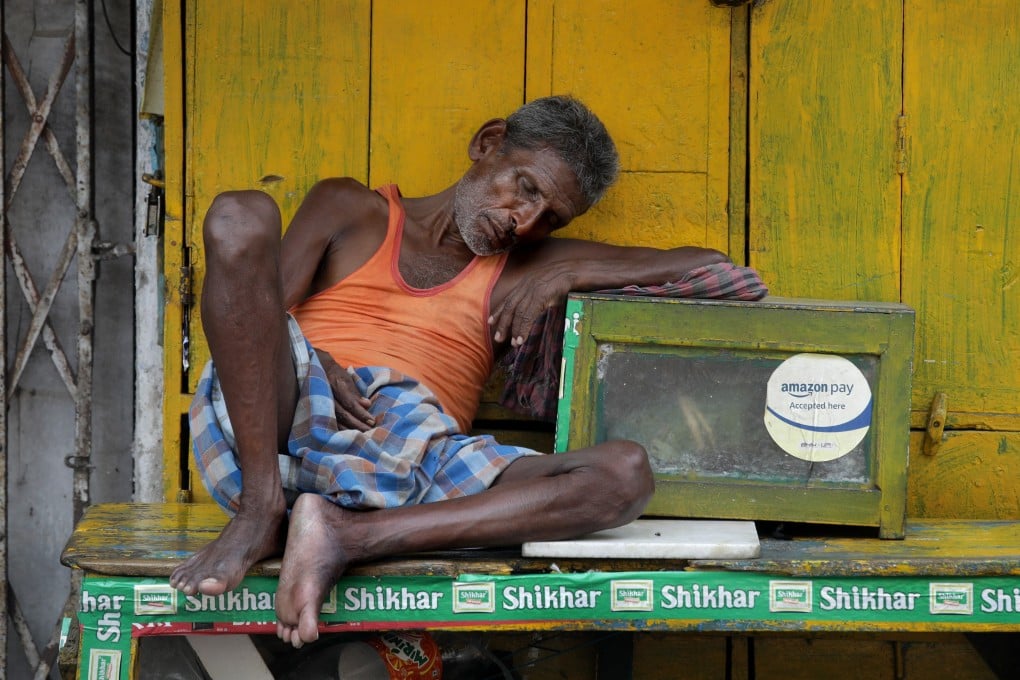‘Super El Nino’ threatens India’s monsoon rains, critical crops
- The climate pattern El Nino heralds hotter, drier conditions, which could turn a not-so-great rainy season into a bad one for India
- Nearly 60 per cent of the country’s 1.4 billion people directly or indirectly depend on agriculture for their source of income

“La Nina conditions are changing rapidly to El Nino and by the time the monsoon arrives around June, El Nino should be making its presence felt,” said GP Sharma, president of privately owned Skymet Weather Services. “And this El Nino could be one of the strongest yet – some people are calling it a super-El Nino event.”
El Nino corrupts the monsoon rainfall, sometimes very seriously
Both Skymet and the Indian Meteorological Department (IMD) already expect the monsoon to deliver a relatively modest amount of rainfall during its June-to-September journey across India.
“El Nino corrupts the monsoon rainfall, sometimes very seriously,” Sharma said.
Droughts have occurred in India in five of six El Nino years since 2000, Skymet noted in a statement. There were “severe droughts” in two of those years and a “near drought” in the last El Nino year in 2018.
